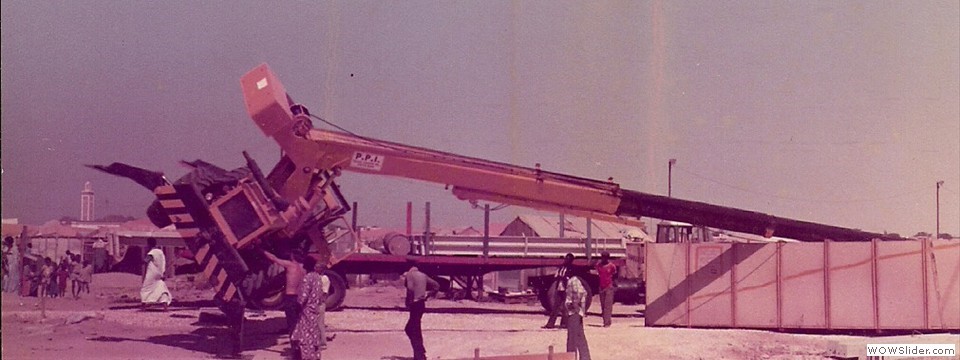First Automation (SAP/R3, BPCS, Office, Ethernet)
Setting
When I joined B. Braun Malaysia in 1989 mainframes were the standard and while IBM (compatible) PCs were developing rapidly, we were still in the era of single digit Mb RAM. As such automation, even in the shape of the humble PC, was still far from ubiquitous. Where companies already were using automation, this was very often executed solely by the company’s EDP (Electronic Data Processing) department.
Challenge
B. Braun was growing very rapidly – it had 2000 FTE in 1989 and would have 6000 FTE in 1998 – but was hardly automated. PCs were largely unknown and the AS/400 in the EDP department was running only few modules of the BPCS ERP program and all data input was entered by this department.
I recognised that the fast growing complexity of the company – we had multiple Business Units manufacturing hundreds if not thousands of different products – clearly required a system that would allow us to enter data at the source and obviously to subsequently analyse this data to improve our overall efficiency. This required a large number of changes:
- The average staff member had no knowledge of computers and was possibly afraid of them, a lot of education would be needed
- There was no truly operational (ERP) software, nor was known what data needed to be captured to make use of such software
- No infrastructure was available thus requiring vast investments
- Large numbers of terminals and / or PCs needed to be purchased
- cables would need to be run throughout and in between buildings
- To complicate matters even further, once full implementation of the BPCS system had been achieved (around 1995), we were requested to migrate to SAP/R3 for compatibility with our German Headquarters
Solution
I had to identify the few managers and/or secretaries that had an early interest in PCs. Together with them I identified where in their daily work simple automation could lead to immediate large results. One slam-dunk was word-processing, allowing for much more readable reports incorporating (truly a novelty) graphs and tables. Another, much less obvious implementation, was in-house printing (using a simple program like Drawperfect and a standard A4 laser printer) of the labels for the thousands of different suture products we carried thus vastly reducing costs and increasing flexibility. A third was a rudimentary planning macro (in Lotus 123), for our hypodermic needle factory. The limitations of this macro also highlighted that more than mere PCs were needed: our ERP system needed rolling-out.
All these ‘fast wins’ created a buzz, more and more people wanted in on it, scepticism disappeared and people were ready to do the necessary extra work – e.g. identifying data sets and actually collecting them – to make automation possible. To make full use of the so created momentum, the infrastructure now became a priority. I had already spent much time on this issue and was generally advised to go for a token ring system, it used standard coax cables and was the fastest available: 16 Mbit/s. Luckily, as we now all know, I went against the consensus and opted for 10BaseT Ethernet: as the name indicates, it was slower, but used the far cheaper and much easier to handle UTP cable, in addition I believed (with hindsight correctly) its advantages would spur further improvements. Understandably I opted for fibre-optics in between our buildings, resulting in a fast completely integrated networked company.













See also: